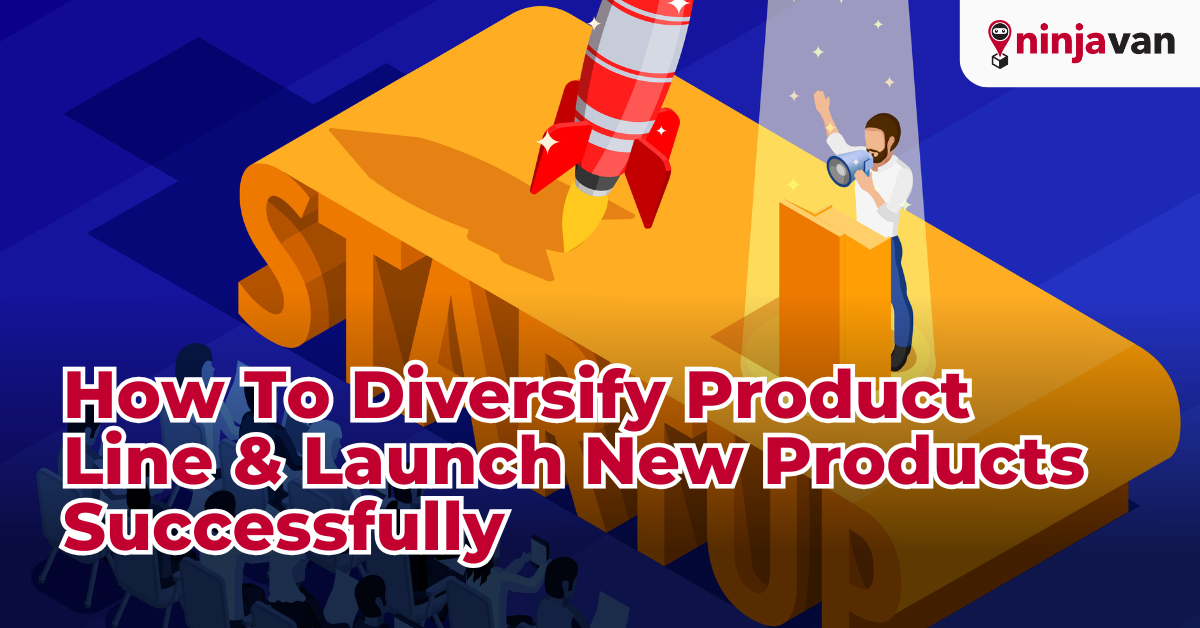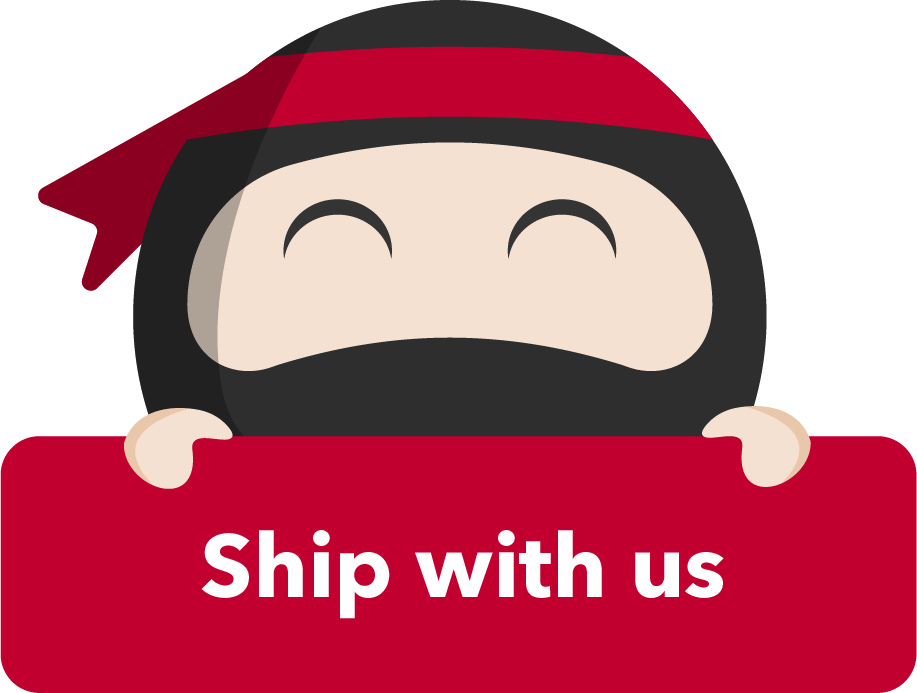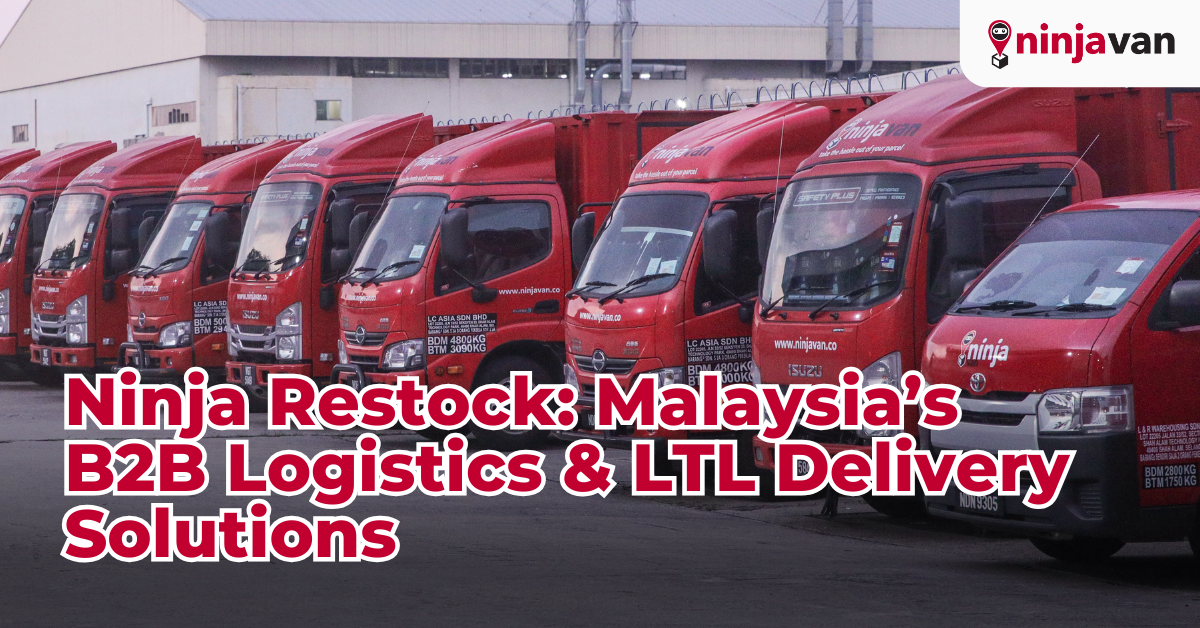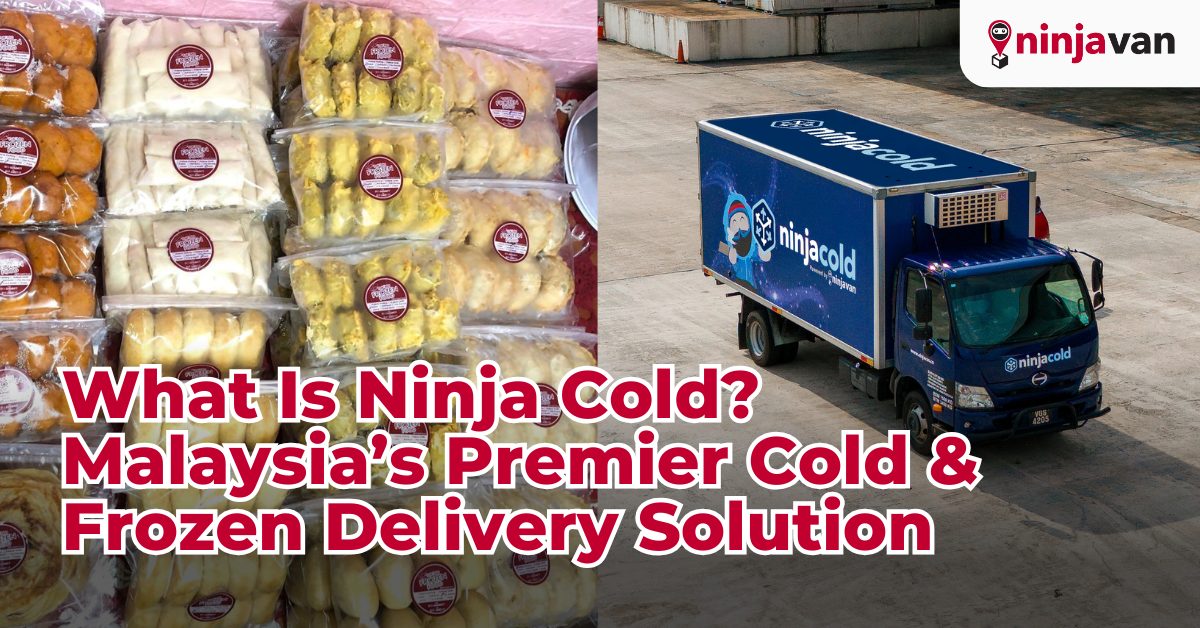In today’s competitive market, relying on a single product is risky. A sudden market shift, supply chain hiccup, or changing customer preferences can quickly disrupt your business.
In fact, a survey by o9 Solutions revealed that over half of consumers faced supply chain issues in 2022, prompting many to cut back on purchases or focus on essentials due to rising costs.
That’s where diversifying your product line comes in — it’s your safety net for growth, stability, and adaptability.

Expanding your product offerings strengthens business stability, unlocks new growth opportunities, and ensures adaptability in an evolving market.
But launching new products isn’t all fun and games. From stock issues and supply chain delays to the possibility of a product flopping, the road can be bumpy.
No need to stress! This guide will walk you through practical steps to diversify successfully, minimise risks, and maximise rewards, helping you confidently expand and thrive.
Understanding Product Diversification and Why It’s Important

What is Product Diversification?
Product diversification is about expanding your offerings to meet more customer needs. It’s like adding new tools to your toolkit. There are two main types:
- Concentric diversification: Adding products that complement your existing ones.
- Horizontal diversification: Expanding into unrelated product categories.
Why Diversify?
- Reduce risk: If one product underperforms, others can keep your business afloat.
- Stay competitive: Consumer needs are always evolving — if you’re not innovating, others will be.
- Tap into new markets: New products can attract fresh customer segments or open doors to untapped geographic areas.
How to Know When You Need Product Diversification?

Recognizing the right time to diversify is key to sustainable growth. Here are some signs that indicate it’s time to expand your product offerings:
#1. Declining Sales or Market Saturation
If your core products are losing traction or the market is becoming overcrowded, diversification helps revitalize your revenue stream by tapping into new markets or delve deeper into niche markets.
#2. Shifting Consumer Preferences
When customer demands evolve, for example shift in influencer culture, introducing new products that align with the current user behaviour, and trends ensures your business stays relevant, agile and visible.
#3. Seasonal Sales Fluctuations
If your business experiences off-season slumps, diversifying can provide year-round stability. A great example of this is Bath and Body Works, which consistently introduces new fragrance lines tied to seasonal events like Christmas, Halloween, and Summer.
What makes their approach brilliant is the exclusivity of these collections—they’re limited edition, which drives immediate sales while creating demand for returning best-sellers, like their iconic Pumpkin Spice scent.

It is reported that the holiday season accounts for 38% to 40% of Bath & Body Works’ annual revenue, making it a crucial period for the brand, especially since their products are popular gift choices.
#4. Increased Competition
Expanding your offerings can set you apart in a crowded market and prevent customer attrition.
#5. Existing Resources or Expertise
If you have the capability to leverage current resources, technology, or industry knowledge, diversification becomes a natural next step.
13 Steps to Launching a New Product Successfully

#1. Conducting Market Research: Understanding Customer Needs
Before jumping into a new product, it’s crucial to understand your customers’ needs. What are their pain points? What are they missing? Market research is key, and you can gather insights in a few ways:
- Surveys and focus groups provide direct feedback from your audience.
- Competitor analysis helps spot gaps in the market.
- Social media listening lets you track your audience’s conversations online.
What if you could continuously refine your offerings by integrating these tools? By tapping into real-time feedback, could you stay ahead of market demands and beat your competitors to the punch?
Imagine how much more effective your strategies could be with this ongoing flow of insights.
#2. Identifying Product-Market Fit

Once you’ve gathered customer insights, it’s time to ask: Does this product actually solve a problem or meet a demand?
This is what we call finding the product-market fit.
💡 What is product-market fit? Product-market fit is when a product successfully meets the needs of a target market, creating strong demand and customer satisfaction, leading to sustainable business growth.
It’s about striking a balance between innovation and practicality — creating something new and exciting, but still within the context of what your target audience actually wants and needs.
If you push too hard on the innovation side, you risk developing a product that’s too niche or ahead of its time, leaving your audience uninterested or confused.
On the flip side, if you only replicate what’s already available, you might miss the chance to stand out.
#3. Analysing Competitor Products and Market Trends

Your competitors aren’t just rivals — they’re also a goldmine of information. Study your competitors to spot gaps in their offerings. What’s missing, and how can you fill that void?
Pair this with monitoring industry trends to ensure your product is relevant and forward-thinking.
How to Start Analyzing Competitor Products Effectively?
By following these steps, you’ll gain a deeper understanding of your competitors and how to position your product more effectively in the market.
| Step | Action | Purpose |
| 1 | Identify Key Competitors | Determine who your direct and indirect competitors are, based on the industry you are in. |
| 2 | Study Their Product Features | Examine what makes their products stand out, what’s missing, and what’s their best-seller. |
| 3 | Evaluate Customer Reviews | Understand what customers love or dislike about their products. Go through their social media, e-commerce and Google Reviews for an in-depth insight. |
| 4 | Analyze Pricing Strategies | Compare prices and assess if their value proposition aligns with yours. Should you compete with lower pricing, or go to the high-end route with better product quality? |
| 5 | Monitor Their Marketing Tactics | Observe how they position their products in the market. Look at their branding, social media content, website layout, etc. |
| 6 | Check Their Distribution Channels | Identify where and how they sell their products. Are they selling products on marketplaces? Do they do push marketing? |
| 7 | Look for Gaps and Opportunities | Identify areas where you can outperform or offer something unique. |
#4. Streamlining Inventory Management Across Multiple Product Lines
Managing multiple SKUs is tricky. Real-time inventory tracking tools like TradeGecko or Zoho Inventory can come in handy. Avoid stockouts (lost sales) and overstocks (dead inventory) by using data-driven systems.
#5. Forecasting Demand for New Products

Accurate demand forecasting is the secret weapon for a successful product launch. Use past sales trends, customer surveys, and tools like predictive analytics to estimate demand accurately.
Overestimating or underestimating demand can lead to unnecessary costs, so take this step seriously.
👉 Read this too: Sales Forecasting: Domino Effect of Misjudged Demand
#6. Integrating New Products into the Existing Product Line
Ensure your new product complements what you already sell. For example, if you sell healthy snacks, launching a protein shake makes sense.
Avoid cannibalising your existing sales by positioning the product to serve a distinct purpose.
What is Cannibalizing Existing Sales?
Cannibalizing sales refers to a situation where a new product or service introduced by a company takes away customers or sales from its existing products rather than attracting new ones.

Essentially, the new offering “steals” market share from its own products, leading to a shift in sales within the company’s portfolio.
Why is Sales Cannibalization Important?
Cannibalization isn’t inherently bad—it can signal innovation and adaptation to changing market conditions. However, it can also be a double-edged sword if not carefully managed.
Here’s what you need to know:
- Loss of Revenue from Old Products: If the new product draws too much demand from existing products, it can reduce the overall revenue of your portfolio.
- Brand Confusion: Introducing too many products in the same category can confuse customers, diluting your brand and weakening your unique value proposition.
- Profitability Decline: If a new product is priced lower or has a lower profit margin, cannibalization might lead to a decrease in overall profit, even though sales volume might rise.
How to Manage Sales Cannibalization
- Strategic Positioning: Ensure that your new products target a different market segment, thus avoiding direct competition with existing offerings. For instance, iPhone Pro Max, the luxury version vs iPhone SE, the budget-friendly option)
- Product Differentiation: Maintain clear distinctions between products in terms of features, benefits, and use cases. This ensures that the new product adds value without directly replacing the old one.
- Customer Segmentation: Tailor your marketing to attract new customer segments or geographic regions that haven’t yet been captured by your existing products.
#7. Designing and Developing the New Product

The development process should follow these steps: ideation → prototyping → testing → production.
| Stage | Description | Actionable Items |
| Ideation | This is the brainstorming phase where you generate ideas for new products or improvements. | – Conduct market research to identify gaps or needs. – Gather customer feedback through surveys or focus groups. – Organize team brainstorming sessions to explore ideas. – Define clear objectives for the product concept. |
| Prototyping | Create a tangible version of your idea, often in a basic form, to test the concept. | – Sketch or wireframe the product design. – Build a low-fidelity prototype (e.g., mockups, 3D models, or MVPs). – Ensure all basic features are included for testing. – Gather feedback on the prototype from internal teams and stakeholders. |
| Testing | Test the prototype to identify strengths, weaknesses, and areas for improvement. | – Conduct usability testing with a sample group. – Collect quantitative and qualitative feedback on functionality. – Analyze test results to identify bugs or issues. – Make iterative changes and improvements based on feedback. |
| Production | After successful testing, prepare for full-scale manufacturing and distribution. | – Finalize the product design and specifications. – Set up production lines or suppliers. – Conduct a small-scale production run to ensure quality control. – Launch the product with marketing and distribution plans. |
#8. Pricing Strategy for New Products
Pricing can make or break a new product. Here are three common strategies to consider:
- Penetration pricing: Start with a lower price to attract customers, then increase gradually.
- Premium pricing: Set a higher price to position your product as exclusive or high-quality.
- Value-based pricing: Base the price on how much value your customers perceive the product to have.
Here’s a table breaking down the pros and cons of each pricing strategy:
| Pricing Strategy | Pros | Cons |
| Penetration Pricing | – Quickly attracts customers and boosts sales. – Helps establish market share early on. – Can discourage competition due to lower price point. | – Lower initial profit margins. – Risk of customers not accepting price hikes. – Can create brand perception issues as being “cheap.” |
| Premium Pricing | – Creates a perception of luxury and exclusivity. – Higher profit margins per unit. – Attracts customers willing to pay more for quality. | – Limits market size to higher-income customers. – May drive away price-sensitive buyers. – Higher marketing costs to justify the premium. |
| Value-Based Pricing | – Aligns price with customer perception and willingness to pay. – Can lead to higher customer satisfaction and loyalty. – Allows for flexible pricing based on different customer segments. | – Requires in-depth understanding of customer perception. – Difficult to implement if value is hard to quantify. – Can lead to price inconsistency if not managed well. |
Choose a strategy that aligns with your brand while staying competitive in the market.
#9. Choosing a Reliable Logistics Partner

You can create the best product in the world, but if it doesn’t reach your customers on time, it’s all for nothing. Look for logistic partners like Ninja Van that offer services such as:
- ✅ Real-time tracking.
- ✅ Efficient delivery options.
- ✅ Flexible 3PL solutions.
“On-Time Delivery, Every Time” – How Ninja Van Embodies Reliable Shipping

Creating an exceptional product is just one piece of the puzzle, but its true success relies on your ability to deliver it to your customers efficiently and on time.
This is where having the right logistics partner, like Ninja Van, becomes crucial.
With a track record of outstanding service and customer satisfaction, Ninja Van’s commitment to excellence is evident in their recognition with the Best Customer Experience Award in 2020.

“Transparency and accessibility are our team’s utmost priorities and our investment in human and tech resources enabled us to do a better job.” – Ezwadi Rosaidi, Head of Customer Service at Ninja Van Malaysia.
👉 Learn more about Ninja Van’s O-M-O (Offline-Merge-Online) Logistics Solutions HERE.
#10. Ensuring Efficient Product Distribution
Build a distribution network that aligns with your audience such as e-commerce platforms, retail partnerships, or direct-to-consumer models. Whether you’re shipping locally or internationally, be sure to evaluate shipping methods and delivery options that balance cost, speed, and reliability.
#11. Effective Product Launch Marketing

Marketing is where the magic happens.
- Before the launch: Create buzz with teasers, influencer partnerships, or countdown campaigns.
- During the launch: Use email campaigns, social media ads, and PR to amplify reach.
Take ZUS Coffee’s recent banana series launch, for instance. They created curiosity by releasing banana-themed ang pows for Chinese New Year, leaving people curious about the connection between bananas and the celebration.

This pre-launch buzz generated plenty of chatter and anticipation. You can use similar tactics to create excitement and build anticipation for your own product.
#12. Communicating Clear Product Messaging

Your customers should instantly understand what your product is, what it does, and why they need it.
Avoid jargon, use simple, relatable language to communicate its value. A clear message is more likely to resonate with your audience and drive sales.
#13. Managing Stock Challenges: Overstocking vs. Understocking

Balancing stock is a challenge every business faces.
Overstocking ties up capital, while understocking can lead to lost sales. Use flexible logistics solutions to adjust to unexpected demand changes, like seasonal surges or promotional campaigns.
👉 Amazing! Check out how to avoid the pitfalls of understocking and overstocking in this White Paper.
#14. Bonus Tip: Overcoming Supply Chain Bottlenecks
Delays happen, but preparation is everything. Diversify your supplier base, work with reliable logistics partners, and always have a backup plan for common issues like shipping delays or customs holdups.
“Your Growth, Our Logistics” — Let’s Build Success Together

In today’s competitive market, seamless logistics is the backbone of business growth.
Whether you’re expanding internationally or diversifying your product range, Ninja Van’s Logistics Solutions Ecosystem is designed to provide the right services at the right time.
With a decade of experience in the e-commerce sector, we have evolved into Southeast Asia’s second-largest logistics provider, emphasizing innovation and customer satisfaction.
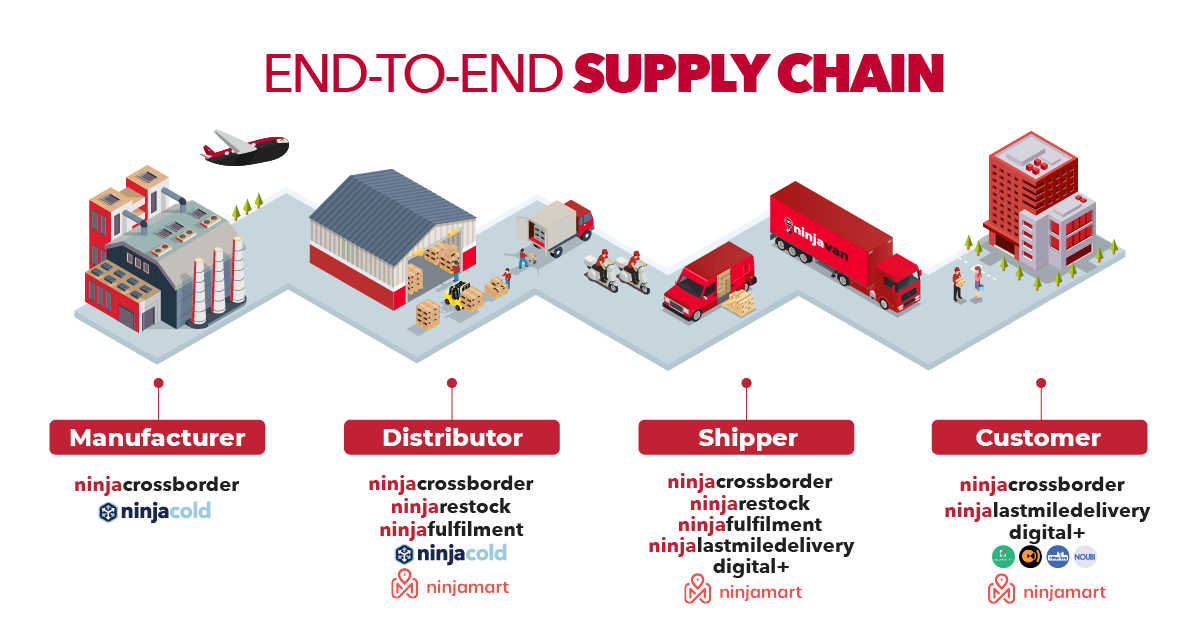
Our services encompass the entire supply chain, ensuring efficient and hassle-free deliveries, inclusive of:
- Fulfilment & Warehousing: Efficient inventory management and order processing to meet your e-commerce needs.
- International Deliveries: Seamless cross-border shipping with expertise in customs clearance and currency exchange.
- Freight Forwarding: Comprehensive solutions across sea, air, truck, or rail freight, ensuring quality service at competitive rates.
Tune into the exclusive podcast Unbox with Ninja Van to understand more about Ninja Van’s supply chain ecosystem!
Join numerous brands that trust Ninja Van for their logistics needs.
Contact us today for a consultation…
..and we’ll recommend the best service for your business needs.

